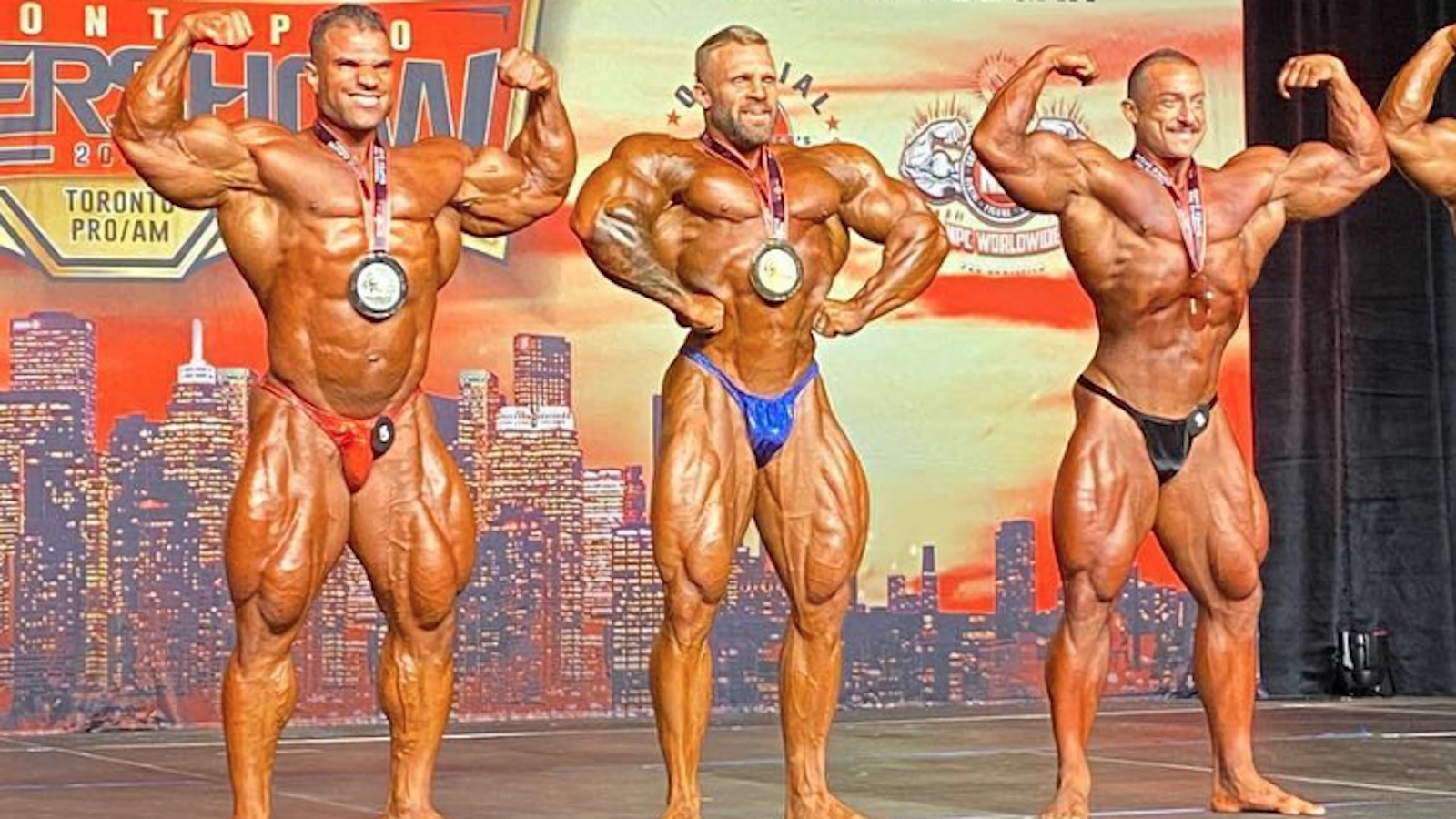The recently concluded Toronto Pro Super Show brought together athletes from various categories, showcasing their hard work, dedication, and incredible physiques. As an experienced judge and fitness coach, Greg Doucette, provides us with his personal impressions and opinions on the event. While acknowledging the subjectivity of judging, Greg shares his thoughts on the winners, standout performances, and the evolution of different bodybuilding categories.
In the Open Men’s Professional Bodybuilding category, two competitors, Iain Valliere and Mustafa, caught Greg’s attention. Initially favoring Iain due to his impressive conditioning and lower body development, Greg’s perception shifted as he observed Mustafa’s exceptional chest, striations, and arm mass. Ultimately, Mustafa won the competition with straight first-place votes. Greg emphasizes that personal preferences play a role in judging and acknowledges that Iain also deserved recognition.
Greg highlights the improvement of Robin Strand, a Canadian bodybuilder, who placed fourth in the Open Men’s Professional Bodybuilding division. Robin’s incredible hamstring and glute definition surpassed expectations, leaving a lasting impression on Greg. In the 212 category, Greg was astounded by the winner, a former classic physique competitor. The champion’s thickness, chest development, and overall size reminded Greg of a mini Derrick Lunsford.
A 23 or 24-year-old competitor from Montreal named Caddies stole the show in the Classic Physique category. Greg praises Caddies’ incredible physique, predicting that he has the potential to become a top contender in this year’s Mr. Olympia. Starting as a natural competitor, Caddies’ growth and progress have been phenomenal, and Greg believes he will continue to improve in future competitions.
In the amateur divisions, Greg commends the winner of the light heavyweight bodybuilding and overall classic physique categories for their outstanding physiques. He notes that the light heavyweight bodybuilding champion, although impressive, was deemed too small for the first call-out in the men’s classic physique category. Greg suggests that the champion should consider switching to the classic physique division or the 212 category to further his success.
Greg offers insights into the judging process, acknowledging the potential for bias among judges. He highlights the influential role of the head judge in determining placings and the potential for personal biases to affect decision-making. Greg proposes changes to reduce such biases, including implementing new criteria, creating a separate “muscle model” category, and reducing the influence of the head judge on final placements.
Greg briefly touches upon the subjectivity in judging women’s bikini and figure categories. He explains that these categories heavily rely on the head judge’s preferences and how the athletes are positioned during prejudging. While acknowledging the inherent subjectivity, Greg suggests that combining the women’s bodybuilding and women’s physique categories could streamline the judging process and eliminate unnecessary divisions.
The Toronto Pro Super Show provided a platform for athletes to showcase their hard work and dedication in various bodybuilding categories. Judge Greg shares his impressions and opinions on the winners and standout performances, emphasizing the subjectivity inherent in judging. He also offers suggestions for improving the judging process and encourages athletes to focus on the journey and personal growth in the sport. Overall, the Toronto Pro Super Show proved to be an exciting event, leaving a lasting impact on both the competitors and the spectators.







